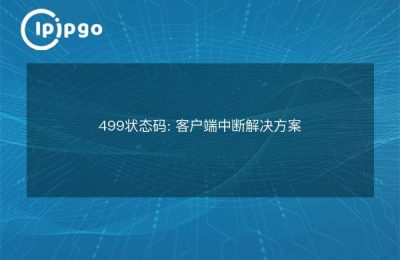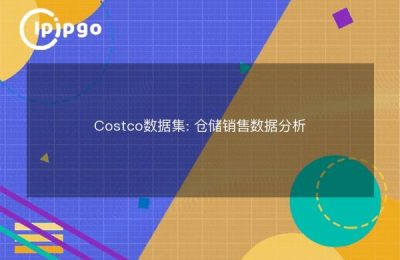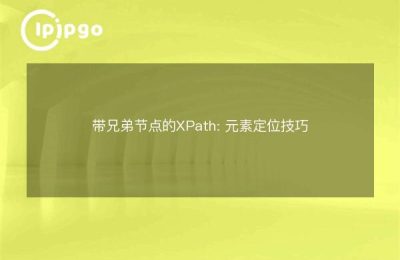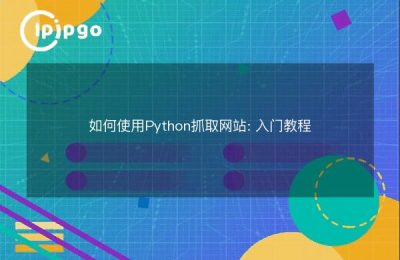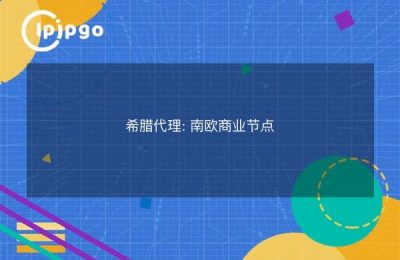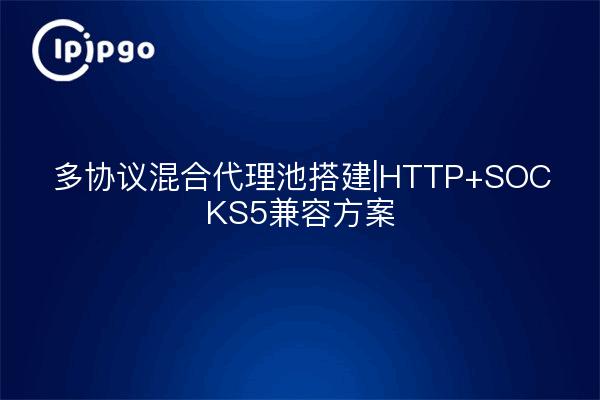
Practical manual: how to build a multi-protocol compatible proxy pool
In the scenario where different network protocols need to be handled at the same time, a hybrid proxy pool can effectively solve the protocol adaptation problem. In this article, we will take the ipipgo proxy service as the basis, hand in hand to teach you to build support for HTTP and SOCKS5 dual-protocol intelligent proxy pool.
Infrastructure setup
First you need to prepare the proxy server management module. It is recommended to use Python'sAsynchronous Request Framework, which can both handle highly concurrent requests and be compatible with different protocols. Core functional modules include:
- IP inventory management (interfacing to ipipgo API interface)
- Protocol Auto-Recognition Module
- Request Routing and Distribution System
Available through ipipgoFull protocol support APIThe following format is recommended for storing the proxy information:
| IP address | ports | Protocol type | geography |
|---|---|---|---|
| 192.168.xx.xx | 8080 | HTTP | Singaporean |
| 10.10.xx.xx | 1080 | SOCKS5 | German |
Protocol Compatibility Handling Tips
The key when dealing with multi-protocol requests isIntelligent Routing::
- Automatic identification of target protocol requirements in request headers
- Match corresponding IP pools based on protocol type
- Establishment of a dual-channel forwarding mechanism (HTTP channel/SOCKS5 tunnel)
When using the ipipgo proxy service, you can utilize the providedPI parameterDirectly filter the required IPs. e.g. specify protocol=http|socks5 in the API request to get a list of IPs for the corresponding protocol.
IP Quality Optimization Solution
The stability of the multi-protocol proxy pool depends on the IP quality, and a three-level filtering mechanism is recommended:
- Basic validation: IP connectivity test (PING + port detection)
- Protocol Validation: Simulate real requests to test protocol support
- Performance Screening: Responsiveness, bandwidth quality grading
ipipgo's.Dynamic Residential IP PoolIt has passed the pre-validation mechanism and the measured availability rate is over 98%, which, together with the real-time status interface it provides, can significantly reduce the self-test workload.
Maintenance Tips & Tools
The following maintenance regimen is recommended to keep the agent pool active:
- Timed refresh mechanism (recommended to update 20% inventory every 15 minutes)
- Abnormal IP automatic isolation system
- Traffic Load Balancing Module
With ipipgo'sIntelligent Scheduling APIIt can automatically adjust the IP geographical distribution and protocol ratio according to the business requirements to realize the real unattended maintenance.
Frequently Asked Questions QA
Q: Why do I need to distinguish between protocol types?
A: Different business scenarios have specific requirements for protocols, for example, crawlers need HTTP proxies, while certain P2P applications must use the SOCKS5 protocol.
Q: What should I do if I encounter a protocol mismatch?
A: It is recommended to add protocol conversion middleware to the front-end of the proxy pool, or directly use the intelligent protocol adaptation function of ipipgo.
Q: How to ensure the stability of the agent pool?
A: AdoptionMulti-vendor strategy + self-maintenance mechanismIt is recommended to use ipipgo as the main provider (covering 240+ countries and regions), together with the local authentication module to form a double guarantee.
The hybrid proxy pool built by the above scheme is measured to reduce the protocol adaptation failure rate by more than 301 TP3T. ipipgo provides theAgreements are clearly labeled,port standardizationproxy resources, making multi-protocol compatibility a snap.


